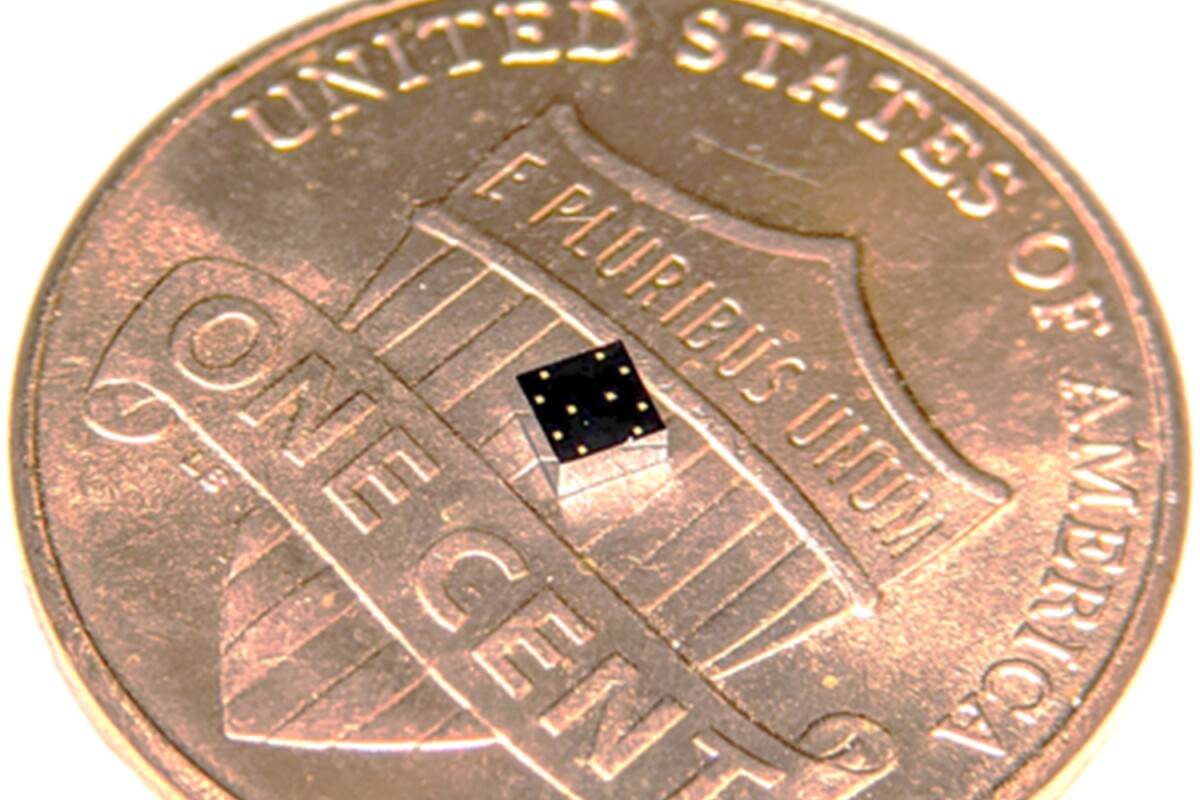The faint, subtle vibrations created by our beating hearts and inflating lungs may be faint and subtle, but can reveal important information about our general well-being. A tiny new sensor that can be worn in items of clothing could offer a new way to tap into these signals, and alert the user when it might be time to head for a checkup.
Developed by scientists at Georgia Institute of Technology, the new sensor is smaller than a ladybug and in part, mimics the function of an electrocardiogram. These are tests that rely on electrode patches attached to the skin to record the electrical activity of the heart, in turn revealing its rhythm, the flow of blood and other key metrics of the organ’s health.
“Right now, medicine looks to electrocardiograms for information on the heart, but electrocardiograms only measure electrical impulses,” says Farrokh Ayazi, Professor in Georgia Tech’s School of Electrical and Computer Engineering. “The heart is a mechanical system with muscles pumping and valves opening and shutting, and it sends out a signature of sounds and motions, which an electrocardiogram does not detect. Electrocardiograms also say nothing about lung function.”
Ayazi led a team in developing a new sensor that can fill in these blanks. It consists of two very fine layers of silicon with an incredibly narrow space in between that measures just 270 nanometers, or around 0.005 the width of a human hair. These silicon layers act as electrodes, carrying a minute voltage that moves into a state of flux in response to different sounds and vibrations from the body. According to the researchers, the device is capable to separating these from ambient sounds originating from outside the body, and convert them into readable electronic outputs to offer insights into the user's health.
“If it rubs on my skin or shirt, it doesn’t hear the friction, but the device is very sensitive to sounds coming at it from inside the body, so it picks up useful vibrations even through clothing,” Ayazi said.
Among the sounds the sensor is able to detect is the heartbeat, the rate of respiration and sounds coming from the lungs. In addition, it can detect a user’s physical activity, such as walking, and synchronize that with the data pulled from the heart and lungs to create a general picture of health.
The researchers imagine that with further work, the sensor could be used to reveal a malfunctioning heart valve through turbulence in the bloodstream, for example, or a cancer growth in the lungs by the faint crackling sounds it might produce.
The research was published in the journal Digital Medicine.
Source: Georgia Institute of Technology




